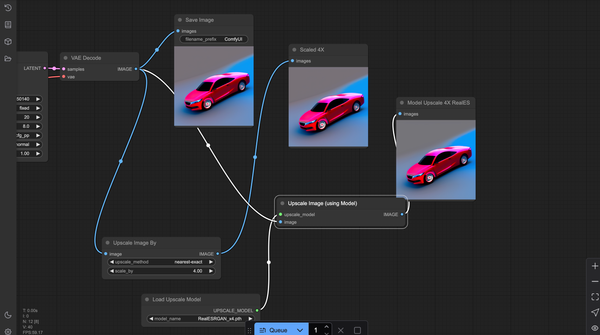Smart Cars and Cybersecurity.. How does vehicle hacking affect driver safety?
Table of Content
The development of cars has changed the way we drive and interact with them. However, this development is linked to concerns related to cybersecurity. As smart cars continue to develop and more modern technologies are integrated, the risk of cyber attacks grows significantly.
Imagine that you are driving your car on the highway, enjoying the advanced features of your smart car's navigation system or self-driving system, then you discover that a hacker has hacked your car's system.
This idea seems scary, but it has become very possible at the present time.
Common Cyber Security Weaknesses in Smart Cars:
Here are the most important potential vulnerabilities in smart vehicles that could lead to cyber breaches:
1- Unsecured networks:
Modern smart vehicles use different wireless communication networks, such as: Bluetooth and Wi-Fi, and these networks can be entry points for hackers if they are not secure; as unsecured networks can allow cybercriminals to gain unauthorized access to your car's systems, leading to potential data breaches or control of certain functions in the car.
2- Software vulnerabilities:
Like any digital device, the software embedded in your car can have vulnerabilities, such as: software bugs or not receiving security updates, and cyber attackers can exploit these vulnerabilities to introduce malware into the car's system or take control of the system.
3- Insufficient data protection:
Your smart car collects a lot of data, such as: personal information and driving habits. If this data is not adequately protected through strong encryption and secure storage solutions, malicious parties can access and misuse it.
4- Lack of unified security protocols:
Currently, there are no unified security protocols across different smart car manufacturers, and this lack of unified protocols can lead to inconsistencies and gaps in security measures, making some vehicles more vulnerable to cyber threats than others.
5- Keyless remote entry systems:
While keyless remote entry systems provide a high level of convenience for the driver, they can also be exploited; cybercriminals can use signal jamming attacks to intercept the communication between your key and the vehicle, allowing unauthorized access to the vehicle’s systems.
How could cyber attacks on vehicles affect driver safety?
Imagine that you are driving on the highway and suddenly your engine stops or your steering system goes out of control. This is not science fiction, it is a real scenario that could happen as a result of a cyber attack. Modern vehicles equipped with advanced driver assistance systems (ADAS) and autonomous driving features are particularly vulnerable to these dangers.
A significant impact of cyber attacks on vehicles is the potential loss of control; hackers can exploit vulnerabilities to take control of important functions such as the steering and brakes. This type of takeover poses a direct threat to both the driver and other road users.
There are also attacks that could compromise GPS navigation systems. When navigating through unfamiliar areas, you rely primarily on GPS for directions. A hacker can manipulate GPS data to mislead you, potentially leading you to dangerous or isolated locations.
Another concern is remote vehicle disabling. By hacking, attackers could disable your car’s engine or electrical systems, leaving you unable to drive or control the vehicle. Another risk is related to the personal data your car collects, such as destinations, driving habits, and information from devices connected to the car’s system, such as your phone or tablet. Hacking could result in the theft of sensitive information, leading to identity theft or other personal security risks.
Real-world examples of smart car hacks:
According to a CNBC report published in 2019, two security researchers (white hat hackers) extracted personal data from a crashed Tesla Model 3. This included data on cell phones and tablets that had connected to the car wirelessly more than 170 times, as well as call logs, email information, and more.
The 2021 Global Automotive Cybersecurity Report from cybersecurity firm Upstream Security noted that over-the-air (OTA) updates that aim to improve a vehicle’s performance are potential entry points for cyberattackers.
In 2015, hackers remotely hacked a Jeep SUV while it was driving on the highway, turning on the windshield wipers, radio, and turning off the engine to bring the car to a complete stop, due to a security vulnerability in the vehicle’s system.
Tips to protect your smart car system:
Here are some tips to help you protect your smart car system to reduce the chance of it being hacked:
- Update software to help protect against new vulnerabilities and threats that emerge over time.
- Use strong, unique passwords for services connected to your car system to help protect against unauthorized access to your car system.
- Share information about threats and vulnerabilities with other drivers and manufacturers, to help improve overall automotive cybersecurity.












